Mastering Website Crawl Budget: A Path to Indexability

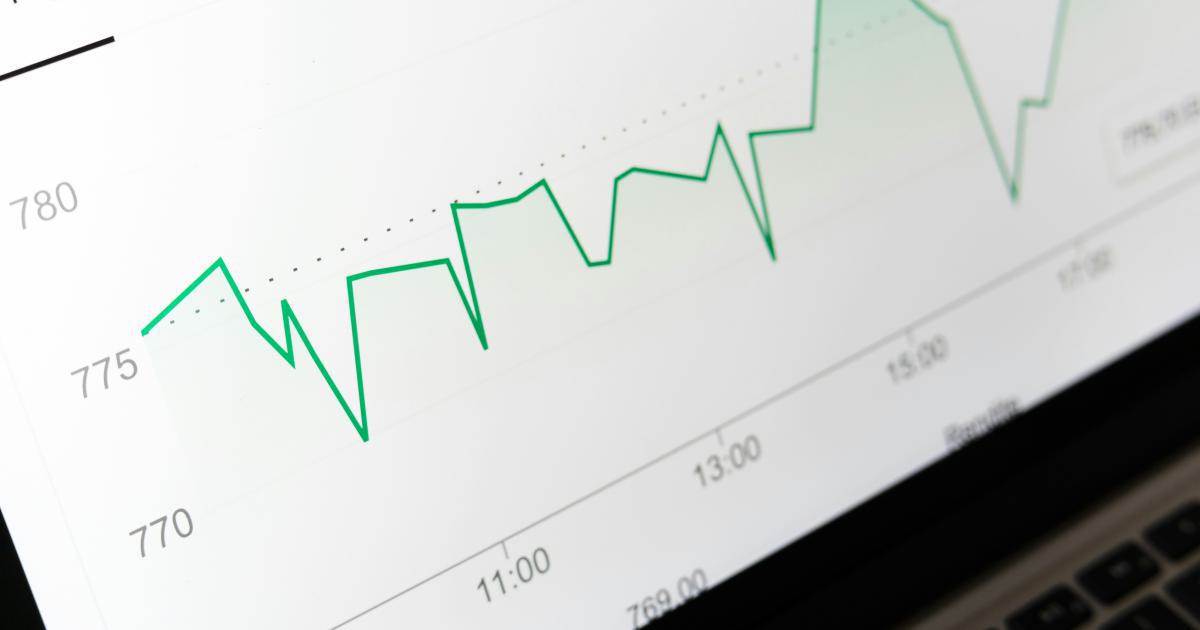
Understanding the Importance of Crawl Budget
In the vast and ever-evolving landscape of the internet, website owners and digital marketers alike face a constant challenge: ensuring their content is effectively discovered and indexed by search engines. One critical factor in this endeavor is the concept of "crawl budget," which holds the key to unlocking the full potential of a website's visibility and discoverability.
Crawl budget refers to the amount of time and resources search engine bots, such as Googlebot, allocate to crawling and indexing a website. This budget is not unlimited, and it is influenced by various factors, including the website's size, structure, content quality, and technical performance. Optimizing a website's crawl budget is essential for enhancing its indexability, which in turn, can lead to improved search engine rankings and increased organic traffic.

Understanding the nuances of crawl budget and its impact on a website's success is crucial for digital marketers and website owners. By mastering the art of crawl budget optimization, they can ensure their online presence is effectively discovered and indexed by search engines, ultimately driving more qualified traffic and better business outcomes.
Factors Influencing Crawl Budget
The crawl budget of a website is determined by a complex interplay of various factors, each with its own unique impact on the overall crawl efficiency and indexability. Let's delve into the key elements that influence a website's crawl budget:
Website Size and Structure
The size and complexity of a website play a significant role in determining its crawl budget. Larger websites with more pages, content, and internal links typically require more resources from search engine bots to crawl and index effectively. Conversely, smaller, well-structured websites tend to have a more manageable crawl budget, as search engines can navigate and process their content more efficiently.

Content Quality and Relevance
The quality and relevance of a website's content are critical factors in the crawl budget equation. Search engines prioritize websites that consistently deliver high-quality, informative, and relevant content to users. Websites with well-crafted, engaging content are more likely to receive a higher crawl budget, as search engines recognize their value and strive to ensure their content is readily available in search results.
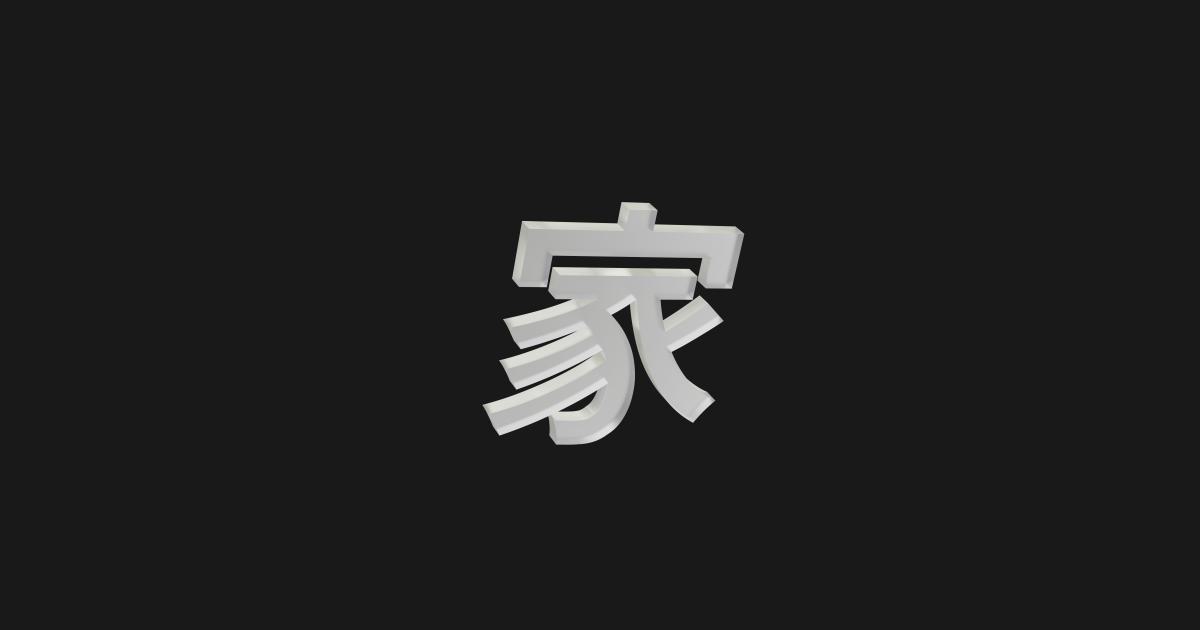
Technical Performance
The technical performance of a website, including factors such as page load speed, server response time, and website stability, can significantly impact its crawl budget. Search engines value websites that provide a seamless user experience, as they are more likely to deliver relevant and satisfactory results to their users. Websites with optimized technical performance tend to receive a higher crawl budget, as search engines can efficiently process their content without encountering issues.
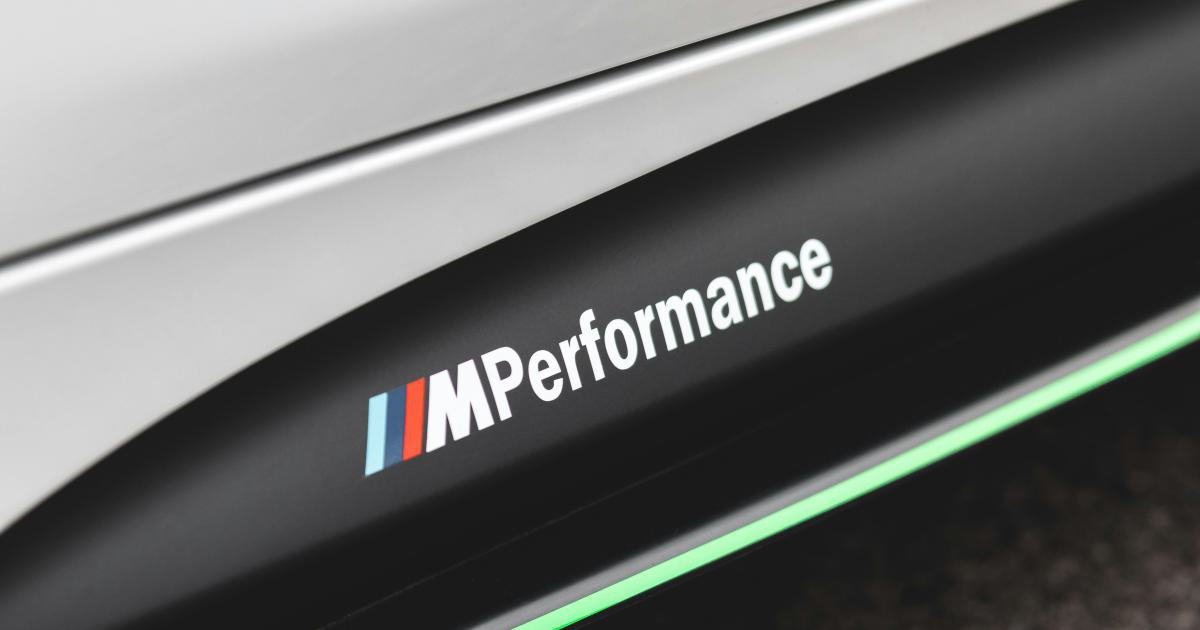
Crawl Frequency and Efficiency
The frequency and efficiency of a website's crawling by search engine bots are crucial in determining its crawl budget. Websites that are regularly and efficiently crawled are more likely to have a higher crawl budget, as search engines recognize their consistent availability and relevance. Factors such as the website's crawl depth, internal linking structure, and the presence of crawl-blocking elements can all impact the crawl frequency and efficiency.

Website Authority and Reputation
The perceived authority and reputation of a website can also influence its crawl budget. Websites with a strong online presence, high-quality backlinks, and a positive brand reputation are more likely to receive a higher crawl budget, as search engines view them as reliable and trustworthy sources of information.
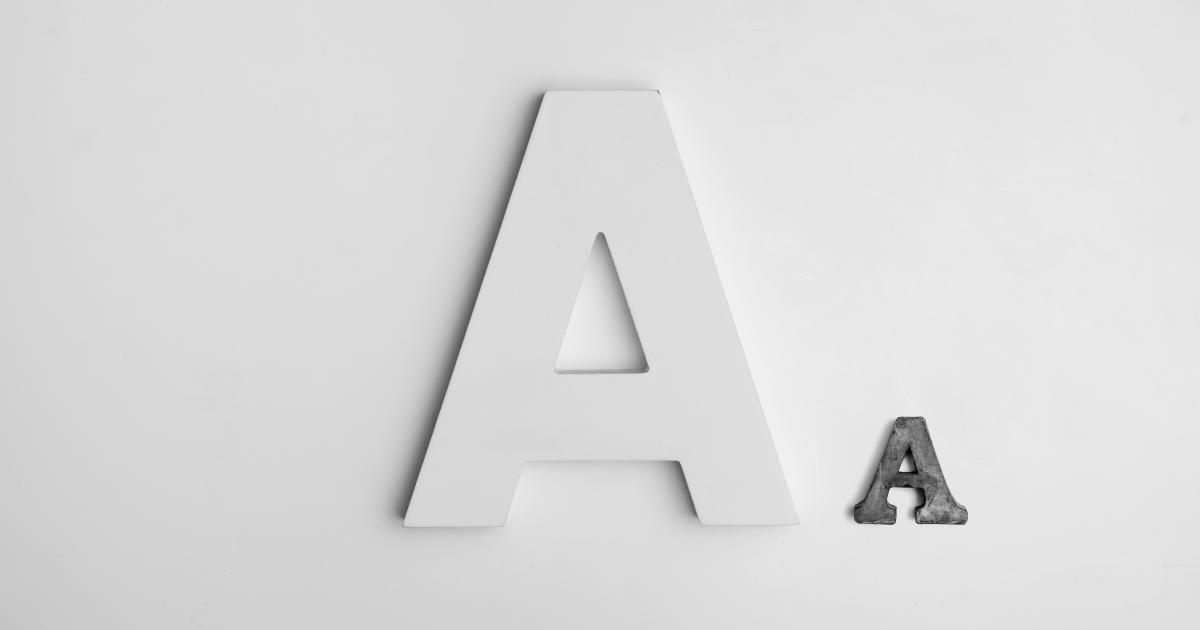
Understanding these key factors and their impact on crawl budget is essential for website owners and digital marketers to develop effective strategies for optimizing their online presence and improving their indexability.
Assessing and Monitoring Crawl Budget
Effectively managing and optimizing a website's crawl budget requires a comprehensive understanding of its current state and ongoing performance. This process involves a combination of monitoring, analysis, and continuous improvement efforts.
Crawl Budget Monitoring Tools
Several tools and platforms are available to website owners and digital marketers to assess and monitor their website's crawl budget. Some of the most widely used tools include:
Google Search Console: This free tool provided by Google offers valuable insights into a website's crawl budget, including the number of pages crawled, crawl errors, and crawl rate trends.

Bing Webmaster Tools: Similar to Google Search Console, Bing Webmaster Tools provides data on a website's crawl budget, including the number of pages indexed and any crawl-related issues.
Sitebulb: This powerful website crawler and auditing tool can analyze a website's crawl budget, identifying opportunities for optimization and potential bottlenecks.
SEMrush: This all-in-one digital marketing suite includes features for monitoring and analyzing a website's crawl budget, as well as providing recommendations for improvement.
By utilizing these tools, website owners and digital marketers can gain a comprehensive understanding of their website's crawl budget, identify areas for optimization, and track the effectiveness of their efforts over time.
Crawl Budget Analysis and Insights
Once the necessary data has been gathered from the aforementioned tools, the next step is to analyze the insights and identify areas for improvement. This analysis should focus on the following key elements:
Crawl Rate and Efficiency: Evaluate the website's crawl rate, the number of pages crawled, and the overall crawl efficiency to identify any bottlenecks or opportunities for optimization.
Crawl Errors and Redirects: Identify and address any crawl errors, such as 404 errors or server issues, as well as the presence of unnecessary redirects, which can impact the crawl budget.
Content Prioritization: Assess the website's content structure and hierarchy to ensure that the most important and high-value pages are being effectively crawled and indexed.
Technical Performance: Analyze the website's technical performance, including factors such as page load speed, server response time, and mobile-friendliness, to identify opportunities for optimization.
Competitive Benchmarking: Compare the website's crawl budget and indexability metrics against industry peers or competitors to identify areas where the website may be underperforming.
By conducting a thorough analysis of the crawl budget data, website owners and digital marketers can develop a comprehensive understanding of their website's current state and create a targeted action plan for optimizing its crawl budget and indexability.
Strategies for Optimizing Crawl Budget
Optimizing a website's crawl budget is a multifaceted process that requires a combination of technical adjustments, content optimization, and strategic decision-making. Here are some key strategies and best practices to help website owners and digital marketers effectively manage and optimize their crawl budget:
Prioritize Important Pages
One of the most crucial steps in optimizing a website's crawl budget is to ensure that the most important and high-value pages are being effectively crawled and indexed by search engines. This can be achieved by:
Identifying Priority Pages: Analyze the website's content and user behavior data to determine the most important and high-performing pages.
Structuring the Sitemap: Ensure that the website's sitemap accurately reflects the priority pages and their hierarchical structure, making it easier for search engines to identify and crawl them.
Optimizing Internal Linking: Enhance the internal linking structure of the website, with prominent links leading to the priority pages, allowing search engines to efficiently navigate the site.

Eliminate Crawl Waste
Crawl waste refers to the resources and time spent by search engine bots on pages or content that have little to no value for users or search engines. Reducing crawl waste can significantly improve a website's crawl budget efficiency. Strategies to eliminate crawl waste include:
Identifying and Blocking Unnecessary Pages: Analyze the website's content and structure to identify pages that provide little to no value, such as duplicate content, thin content, or low-priority pages, and implement robots.txt or noindex directives to prevent their crawling.
Optimizing Pagination and Filtering: Ensure that pagination and filtering mechanisms on the website are optimized to prevent the creation of numerous low-value pages that can consume the crawl budget.
Removing Unnecessary Redirects: Identify and eliminate any unnecessary redirects, as they can slow down the crawling process and negatively impact the crawl budget.

Enhance Content Quality and Relevance
Providing high-quality, relevant, and engaging content is a crucial aspect of optimizing a website's crawl budget. By delivering content that search engines and users find valuable, website owners and digital marketers can signal to search engines that their website deserves a higher crawl budget. Strategies to enhance content quality and relevance include:
Conducting Keyword Research: Identify the most relevant and high-intent keywords for the website's target audience, and align the content creation and optimization efforts accordingly.
Producing Comprehensive and Informative Content: Develop in-depth, well-researched content that thoroughly addresses the needs and queries of the target audience.
Regularly Updating and Refreshing Content: Maintain a consistent content refresh schedule to ensure the website's content remains up-to-date and relevant.
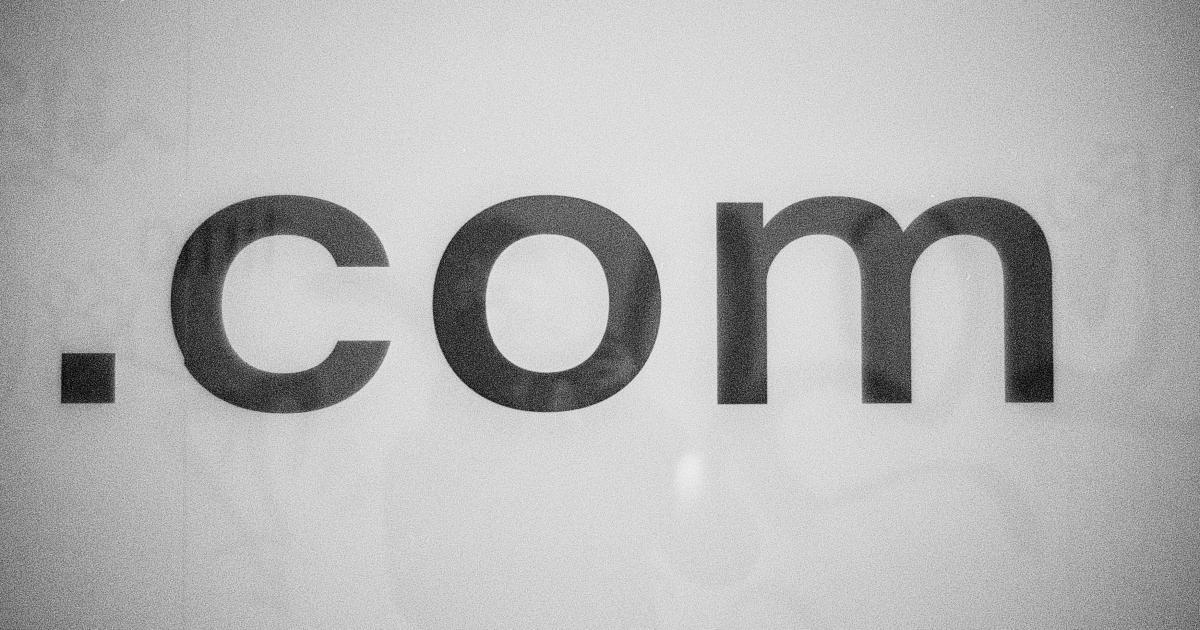
Optimize Technical Performance
The technical performance of a website plays a significant role in its crawl budget optimization. By improving the website's technical aspects, website owners and digital marketers can ensure that search engine bots can efficiently crawl and index the content. Strategies to optimize technical performance include:
Improving Page Load Speed: Implement techniques such as image optimization, minification of CSS and JavaScript, and leveraging content delivery networks (CDNs) to enhance page load speed.
Enhancing Server Response Time: Optimize server-side configurations, such as caching and database optimizations, to improve the website's server response time.
Ensuring Mobile-Friendliness: Optimize the website's design and user experience for mobile devices, as search engines prioritize mobile-friendly websites.
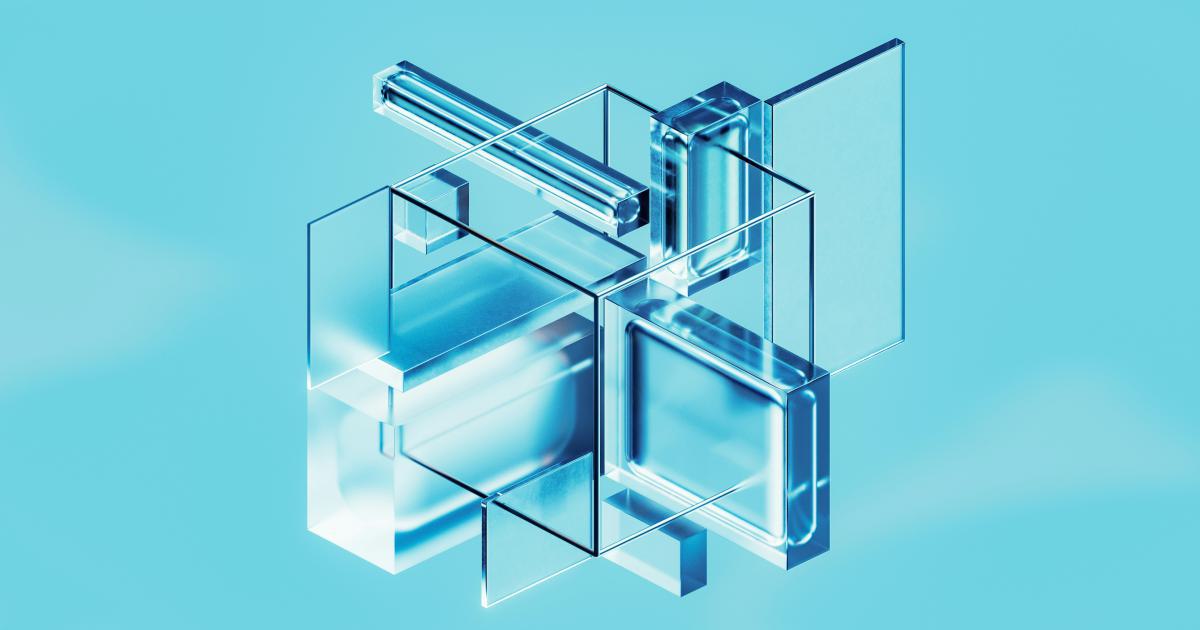
Monitor and Continuously Improve
Optimizing a website's crawl budget is an ongoing process that requires continuous monitoring, analysis, and refinement. Website owners and digital marketers should implement the following strategies to ensure long-term success:
Regular Crawl Budget Monitoring: Regularly review the website's crawl budget metrics using tools like Google Search Console and Bing Webmaster Tools to identify any changes or areas for improvement.
Continuous Optimization Efforts: Implement a continuous improvement cycle, where the website's performance is regularly evaluated, and adjustments are made to the content, technical aspects, and overall crawl budget optimization strategies.
Adapting to Search Engine Algorithm Updates: Stay up-to-date with the latest search engine algorithm changes and adjust the website's optimization strategies accordingly to maintain a high crawl budget.

By implementing these comprehensive strategies for crawl budget optimization, website owners and digital marketers can significantly enhance their website's indexability, improve search engine visibility, and drive more qualified traffic to their online presence.
Are You Crushing It in Internet Marketing?
Struggling to boost your online visibility and traffic? Semrush is the ultimate platform for digital marketers like you. With powerful SEO tools and competitive data insights, you can optimize your website, content, and campaigns for maximum impact.
Join over 7 million marketers already using Semrush to outrank their competitors, drive more qualified leads, and grow their businesses online. Get started today with a 7-day free trial, and unlock the full potential of your internet marketing strategy.
Unlock the Power of SEO with Semrush
Are you struggling to boost your online visibility and drive more traffic to your website? Semrush has the solution.
Our comprehensive platform offers advanced keyword research, competitor analysis, and SEO audits, empowering you to optimize your content and outrank your competition.